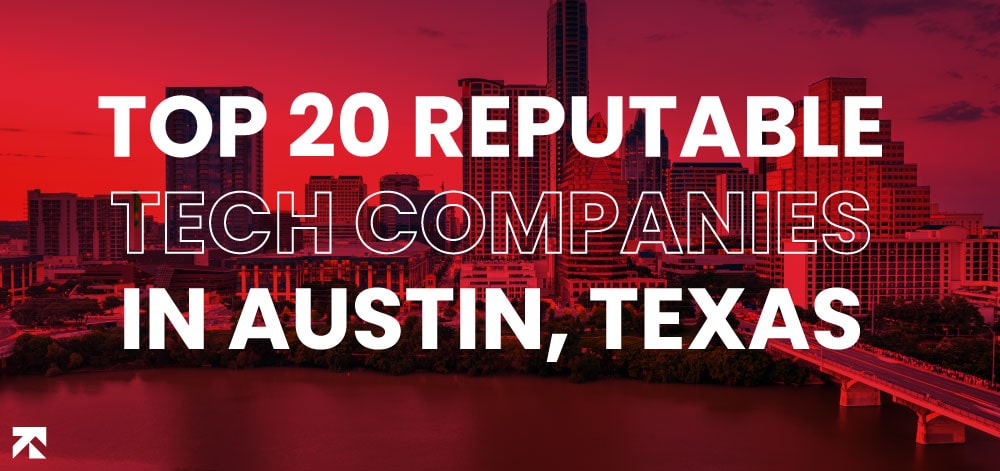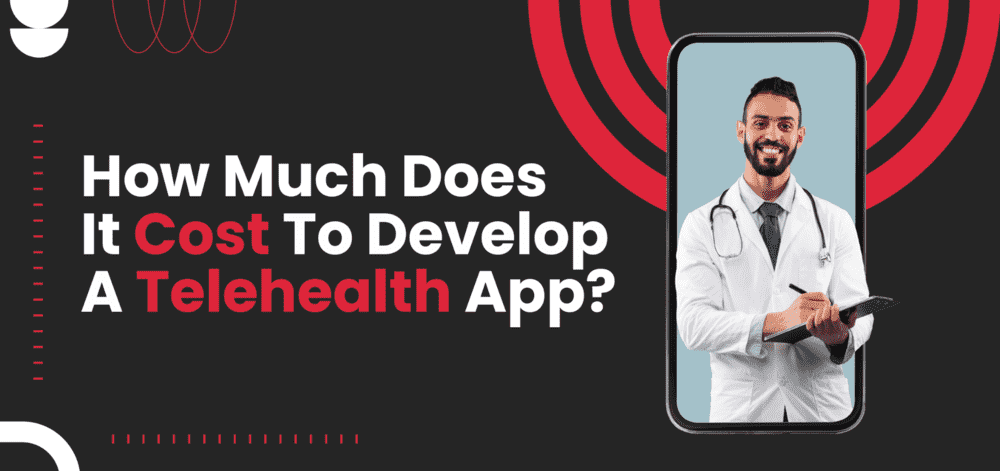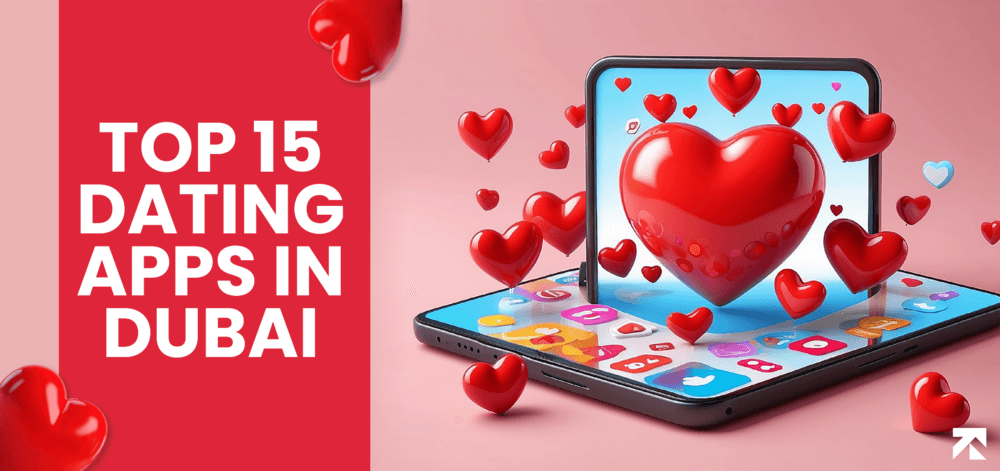Dating apps have revolutionized the way people meet and connect in the digital age. With the swipe of a finger, you can potentially find your perfect match. However, despite their widespread popularity, popular dating apps often fall short in certain areas. Some however spearheaded beyond imagine and eventually became the best in the dating apps genre; like Tinder. Find out all the secrets of developing a dating app like Tinder!
Dating apps have gained immense popularity over the years, providing a convenient and accessible platform for individuals to meet potential partners. However, with their growing user base and increasing competition, certain aspects of these apps have been overlooked, leading to a less-than-optimal experience for users. To avoid unexpected pitfalls, you can find a reliable mobile app development company that deals in MVP startup development if your business idea is for a dating app.
Lack of Personalization
One of the major drawbacks of popular dating apps is the lack of personalization in the matchmaking process. While algorithms play a crucial role in suggesting potential matches, they often fail to consider individual preferences, interests, and values. As a result, users may be matched with individuals who do not align with their personal expectations, leading to frustration and wasted time.
Superficial Focus on Appearance
Another issue prevalent in many dating apps is the excessive focus on physical appearance. Profiles heavily rely on photos and brief descriptions, which can lead to a superficial evaluation of potential partners. This approach undermines the importance of compatibility and shared values, fostering a culture of shallowness and objectification.
Limited Communication Features
Effective communication is essential for building meaningful connections, yet popular dating apps often have limited communication features. Users may be restricted to simple text messages or generic icebreaker questions, hindering their ability to express themselves fully. This limitation can hinder the development of genuine connections and hinder the overall dating experience.
Safety and Privacy Concerns
Safety and privacy are paramount in any online platform, particularly when it comes to dating apps. Unfortunately, many popular apps have been plagued by incidents of harassment, catfishing, and data breaches. It is crucial for dating apps to prioritize robust security measures, including stringent user verification, privacy settings, and proactive moderation to ensure a safe and trustworthy environment for their users.
Ineffective Matching Algorithms
Matching algorithms are at the core of dating apps, but their effectiveness can vary widely. Some apps rely solely on surface-level information such as age and location, failing to consider deeper compatibility factors. This can result in mismatches and unsuccessful pairings, leaving users disillusioned with the app’s ability to find suitable partners.
Lack of Verification Processes
Many dating apps lack comprehensive user verification processes, making it easier for individuals to create fake profiles or misrepresent themselves. This undermines the authenticity and trust within the app’s community, leading to skepticism and disappointment among users. Implementing stricter verification measures can help establish a more reliable and trustworthy user base.
Ignoring the Importance of Compatibility
Compatibility goes beyond mere physical attraction and shared hobbies. However, popular dating apps often neglect to consider factors such as values, goals, and long-term compatibility. By focusing primarily on surface-level attributes, these apps miss out on the opportunity to facilitate meaningful connections based on deeper levels of compatibility.
Overwhelming Number of Options
While having a large pool of potential matches may seem advantageous, it can also lead to decision paralysis and a superficial approach to dating. With countless options at their fingertips, users may become overwhelmed and struggle to make genuine connections. Streamlining the user experience and implementing better filters and search options can help alleviate this issue.
Neglecting Offline Interaction
Dating apps should aim to facilitate real-life interactions, but many apps fail to encourage or support offline meetings. Users may get caught in an endless cycle of messaging without ever transitioning to face-to-face encounters. Incorporating features that promote offline interaction, such as organizing events or suggesting date ideas, can enhance the dating experience and increase the chances of building meaningful relationships.
Unrealistic Expectations and Misrepresentation
Some users of dating apps have unrealistic expectations and may misrepresent themselves to appear more desirable. This behavior can create a toxic environment where trust is compromised, and genuine connections are hindered. It is crucial for dating apps to foster a culture of honesty and authenticity, encouraging users to present themselves genuinely and fostering realistic expectations.
Failure to Address Niche Dating Needs
Dating is diverse, and people have various preferences and needs when it comes to relationships. However, many popular dating apps fail to cater to niche dating communities, leaving certain individuals underserved. By acknowledging and accommodating different dating preferences, apps can create a more inclusive and welcoming environment for all users.
Failure to Adapt to Changing Social Dynamics
Social dynamics and cultural norms surrounding dating are constantly evolving. Dating apps need to stay attuned to these changes and adapt their features and functionalities accordingly. Failure to do so can result in outdated practices and a disconnection from the needs and expectations of their user base.
The Influence of Monetization
While monetization is a necessary aspect of running dating apps, an excessive focus on profitability can compromise the user experience. Overabundance of ads, constant nudges towards paid features, and prioritizing revenue over user satisfaction can detract from the app’s primary purpose of fostering meaningful connections.
Conclusion
Popular dating apps have undoubtedly transformed the way people approach dating. However, they are not without their flaws. By addressing issues such as personalization, superficiality, limited communication features, safety concerns, and ineffective matching algorithms, dating apps can enhance the user experience and foster more meaningful connections.
FAQs
Q1: Are dating apps completely ineffective?
Dating apps can be effective in facilitating connections, but their success depends on various factors, including user preferences, app design, and individual effort.
Q2: How can dating apps improve personalization?
Dating apps can improve personalization by considering users’ interests, values, and preferences in their matching algorithms and providing more comprehensive profile customization options.
Q3: Are dating apps safe to use?
While many dating apps prioritize user safety, it is essential for users to remain vigilant and exercise caution when interacting with others online.
Q4: Can dating apps help find long-term relationships?
Dating apps can certainly help individuals find long-term relationships, but success largely depends on personal compatibility and effort invested in building connections.
Q5: How can dating apps address privacy concerns?
Dating apps can address privacy concerns by implementing robust security measures, user verification processes, and providing users with control over their personal information.











